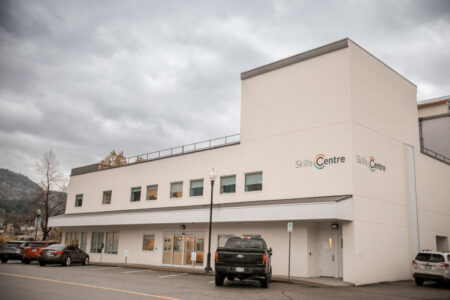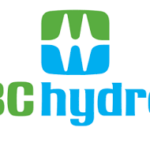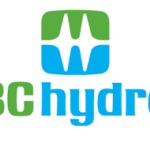Province records lower deficit than forecast
The Province of British Columbia ended the fiscal year with a smaller deficit than forecast.
“Better economic conditions and our prudent approach to spending mean we’ve been able to close the deficit gap considerably, ending the year with a deficit of $309 million and keeping us well on course to balance the budget in 2013-14 as planned,” Finance Minister Kevin Falcon.
The provincial economy grew by four per cent in 2010, according to preliminary data from Statistics Canada, third among provinces and better than the national average rate of 3.3 per cent.
Retail sales, an indicator of consumer confidence, increased by 5.3 per cent in 2010. Exports of goods and services from British Columbia grew 15.3 per cent in 2010 despite the slow recovery of the US economy and a strong Canadian dollar.
“We’ve seen stronger economic growth in B.C. suggesting consumer confidence has remained strong under the HST,” said Falcon. “This demonstrates our fiscal plan is working and we will continue to take a cautious approach to spending.”
The audited financial statements show the Province ended the fiscal year with a deficit of $309 million.
Total revenues increased $2.46 billion from 2009-10. Tax revenue increased by $1.1 billion, primarily reflecting growth across the economy. Corporate income tax revenue increased by $341 million.
Federal government contributions increased by more than $1 billion over last year.
Social services tax and the hotel room tax were replaced by the harmonized sales tax on July 1, 2010. Social services tax revenue for the year was $1.33 billion and harmonized sales tax revenue totaled $4.176 billion.
Spending on programs and services increased $903 million, or 2.3 per cent over the previous year, primarily in health and education. In 2010-11, the Province increased total spending on health by $635 million, or 4.1 per cent; education spending increased by $111 million; and social services spending by $19 million.
All other program spending increased by $138 million. Control of operating expense is a cornerstone of government’s plan to balance the budget by 2013-14.
Taxpayer-supported capital spending was $4.1 billion for improvements to education and health-care facilities and other capital infrastructure in 2010-11, up from $3.7 billion in 2009-10.
Total provincial debt increased by $3.3 billion to $45.2 billion. This includes taxpayer-supported provincial debt, which increased $1.9 billion in 2010-11 to finance capital infrastructure and support working capital requirements for programs and initiatives, and self-supported debt, which increased $1.4 billion.
The increase in taxpayer-supported debt was approximately $2 billion less than forecast in Budget 2010 due to lower requirements for capital spending and the reduced deficit. The ratio of taxpayer-supported debt to GDP, a key measure of affordability, is stable at 15.8 per cent compared to last year’s 15.7 per cent.
While results were better than expected, there are still risks the government does not control, including fluctuating commodity prices, the uncertain outcome of the Harmonized Sales Tax referendum, and the slower than expected recovery in the United States.
The government’s fiscal plan continues to project deficits in 2011-12 and 2012-13, before returning to balanced budgets by the 2013-14 fiscal year.
























